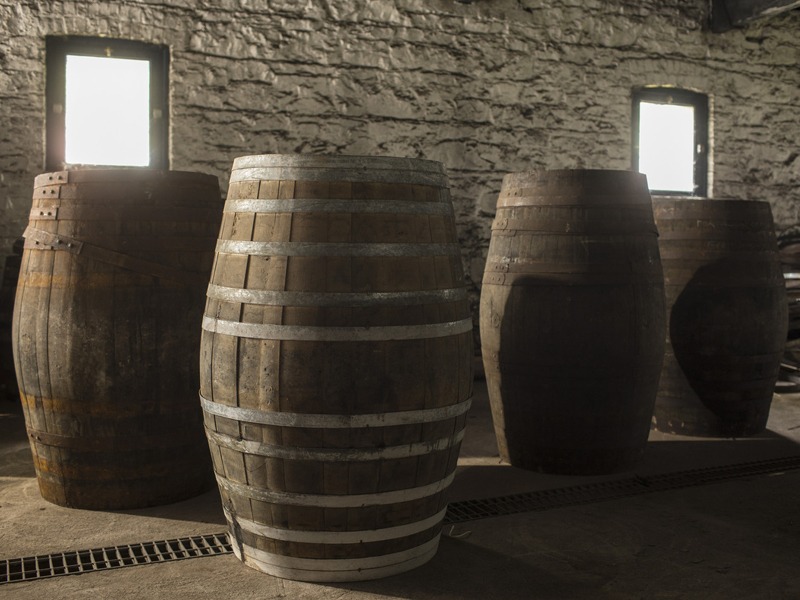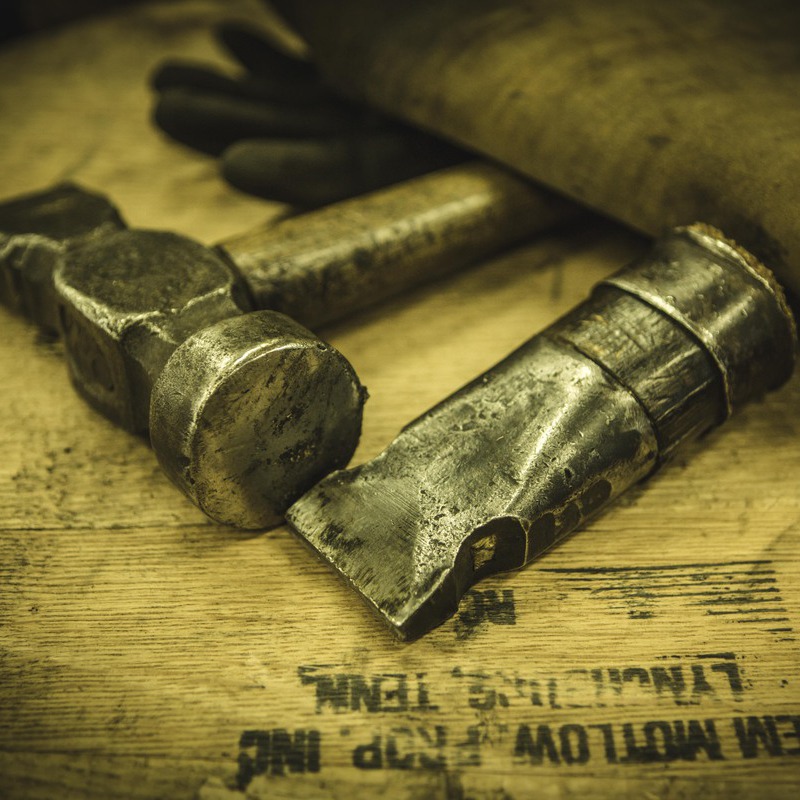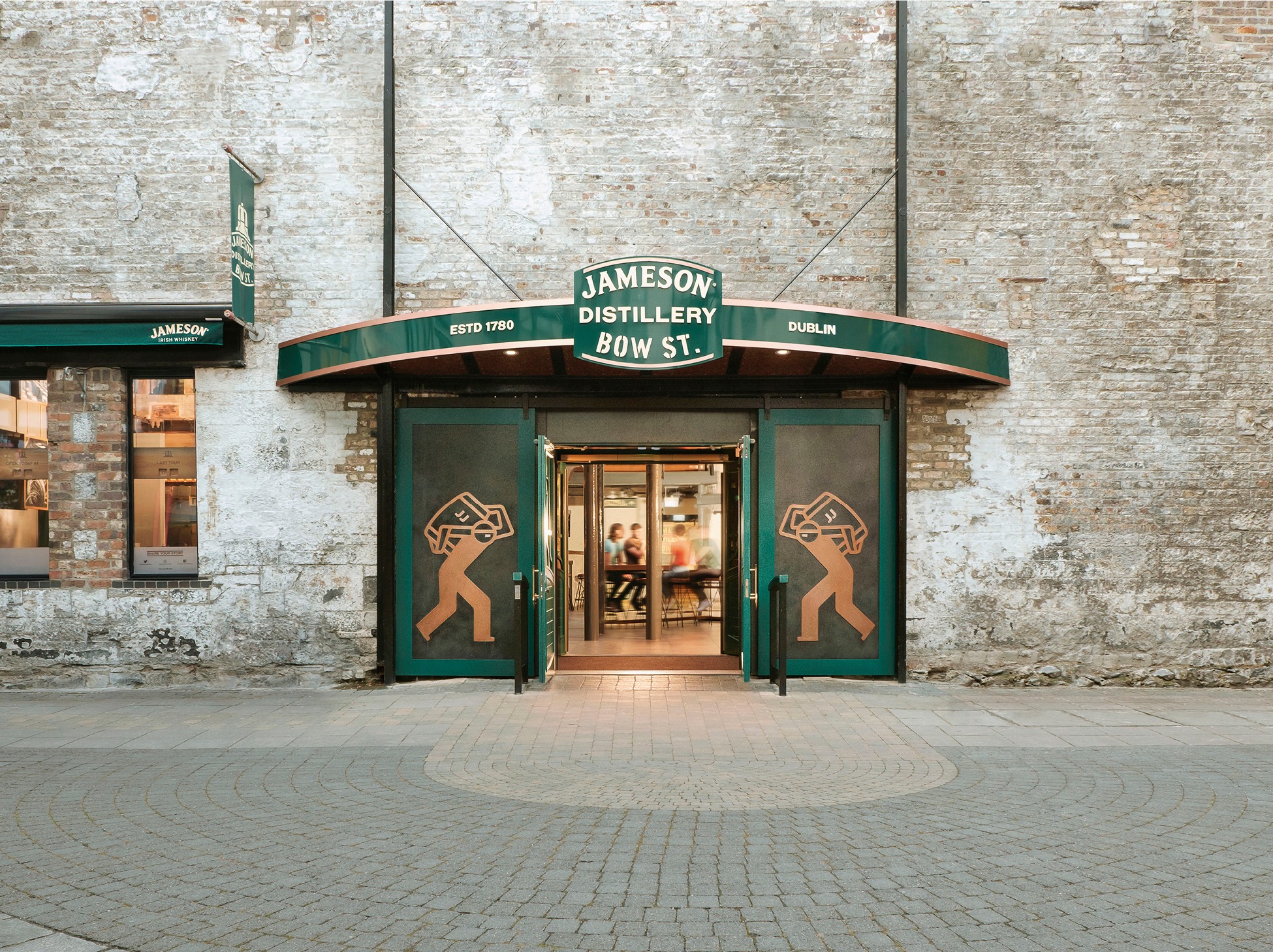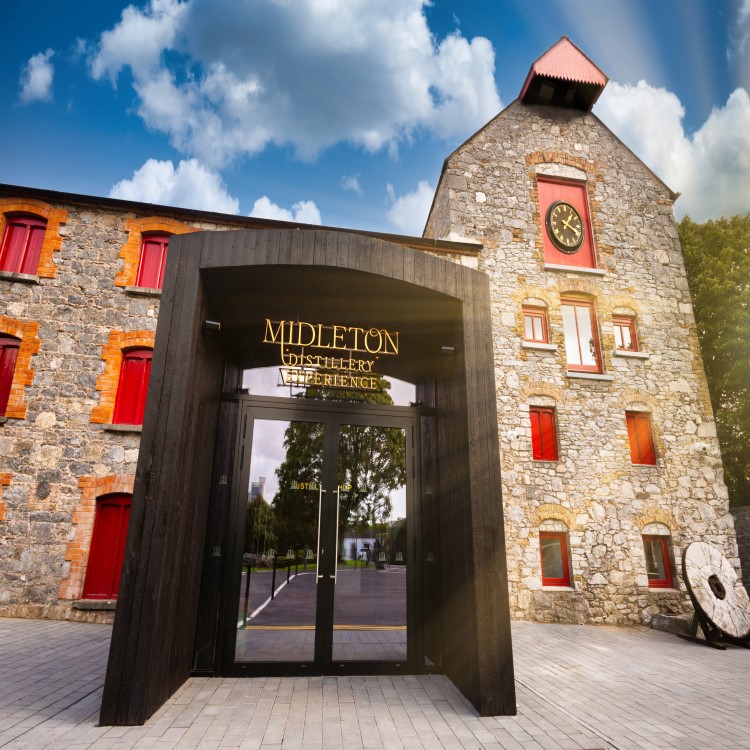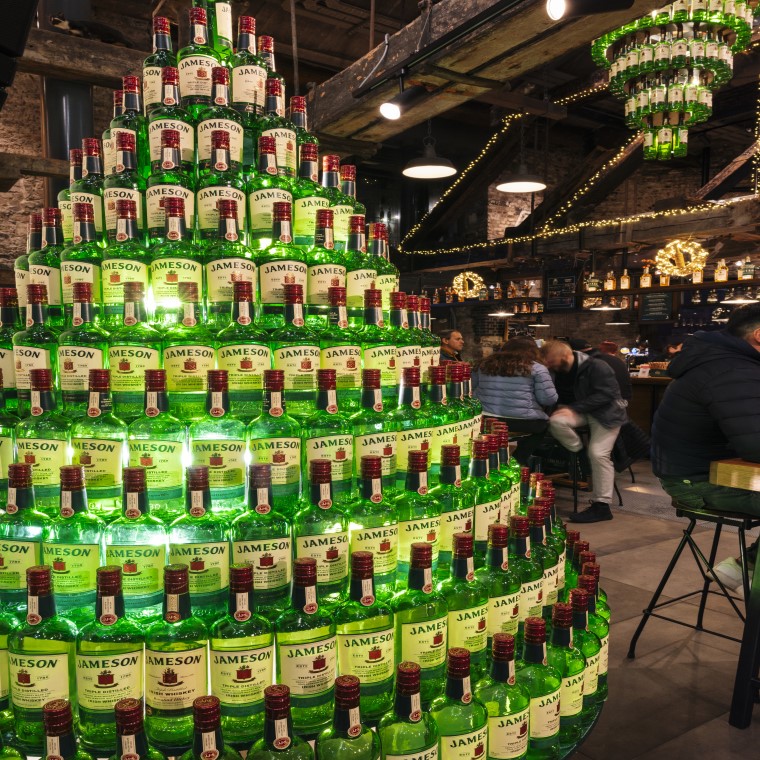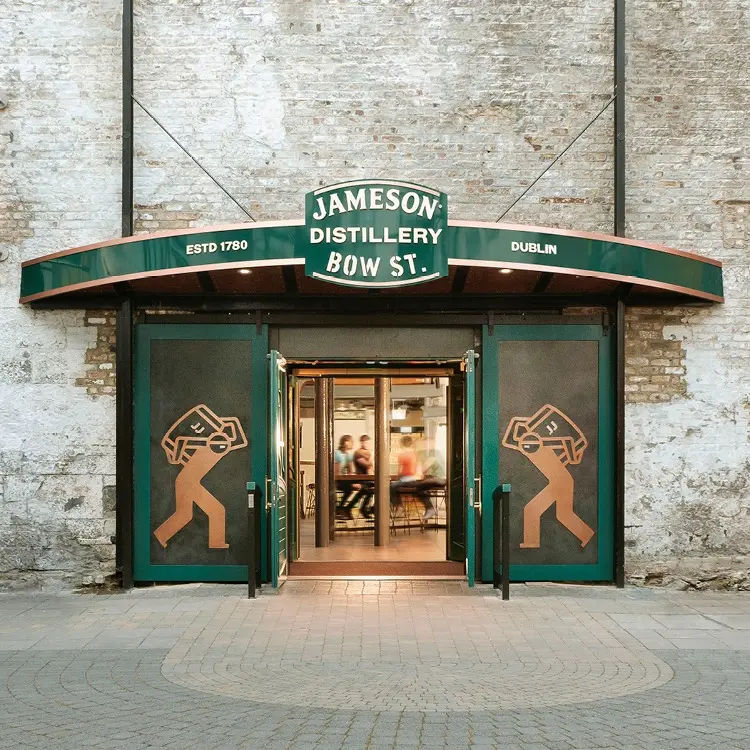
What is Irish Whiskey?
Your Guide to Irish Whiskey
Ask and you will receive. Below, we try to answer some of your most frequently asked questions about Irish Whiskey – from ‘what’s with ‘e’?’ to the differences between blended, single malt and pot still whiskey. Read on to learn more. At the very least, it could win you a table quiz some day!
What Is Whiskey?
Let’s start at the beginning. Whiskey is an alcoholic beverage. The fact that it is spelt with an ‘e’ shows that it is made and matured on the island of Ireland. Depending on the individual brand and the desired finish, whiskey is produced using a variety of ingredients, such as wheat, rye, barley and corn (maize), and matured in wooden casks over a variety of years.

What is Irish Whiskey?
Irish whiskey is an alcoholic beverage made on the island of Ireland. To be recognised as Irish, a stringent law states that a spirit must spend a minimum of three years maturing on the island of Ireland.

What is Whiskey Made From?
Whiskey is essentially three ingredients. Water, a grain (more about that later) and yeast (which is added to the grain and water to kick things off the fermentation process. Then you need some heat, a barrel and lots of time. At least 3 years.

What is Single Malt Whiskey?
Single malt whiskey is made from a fermented mash (mix) of a single malted grain, in a single distillery. On the other hand, blended malt whiskey is a mixture of single malt whiskeys from either the same or different distilleries, so that it has a specific taste the blender requires.

What is Pot Still Whiskey?
Pot still whiskey is a type of whiskey made exclusively in Ireland. Post still whiskey is made by combining malted and unmalted barley, distilling it in copper pot stills and maturing it in oak casks.

What Is Blended Irish Whiskey?
Blended Irish whiskey is a mixture of single malt whiskeys from either the same or different distilleries. This mixing technique allows the blender to reach a specific taste he requires. On the other hand, single malt whiskey is made from a fermented mash (mix) of a single malted grain, in a single distillery

What Is Jameson?
Jameson is an Irish whiskey produced in the Republic of Ireland since 1780. Made and matured in the iconic Midleton distillery, over 20 million bottles are sold globally every year, making it the most popular Irish whiskey in the world.

